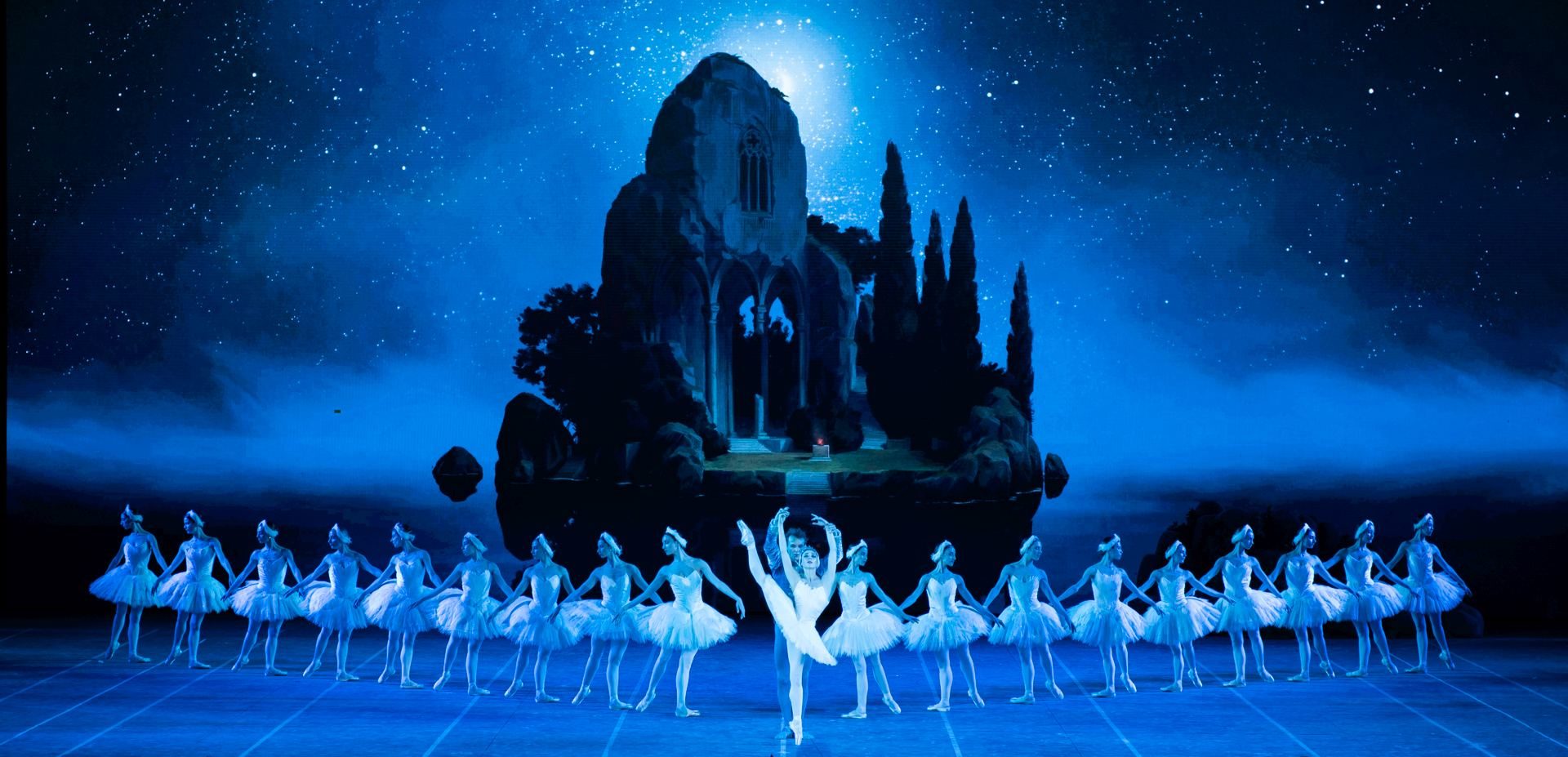Light in the Province
“Ballet Gala 2014”
Mainfranken Theater
Wuerzburg, Germany
July 07, 2014
by Ilona Landgraf
Copyright © 2014 by Ilona Landgraf
 Halfway between Frankfurt and Nuremberg lies Wuerzburg, a medium-scale town in Lower Franconia. It happens to be my seat of residence but it’s not a Mecca for dance. That’s why I usually head elsewhere to see performances. This year’s Ballet Gala at the Mainfranken Theater, however, offered some highlights I didn’t want to miss.
Halfway between Frankfurt and Nuremberg lies Wuerzburg, a medium-scale town in Lower Franconia. It happens to be my seat of residence but it’s not a Mecca for dance. That’s why I usually head elsewhere to see performances. This year’s Ballet Gala at the Mainfranken Theater, however, offered some highlights I didn’t want to miss.
The Mainfranken Theater’s own ensemble presented only one piece. The rest of the program was left to guest artists from smaller companies all over Germany and to a duo from the Czech National Ballet in Prague. Anna Vita, artistic director of Wuerzburg’s ballet company, and her dramaturge, Christoph Blitt, moderated the evening – basically a good idea if it had set the right tone. But to start by naming all the sponsors and relate what is in the program notes was a mood killer and rendered the playbill’s description of the pieces unnecessary. We are capable of reading! (more…)














